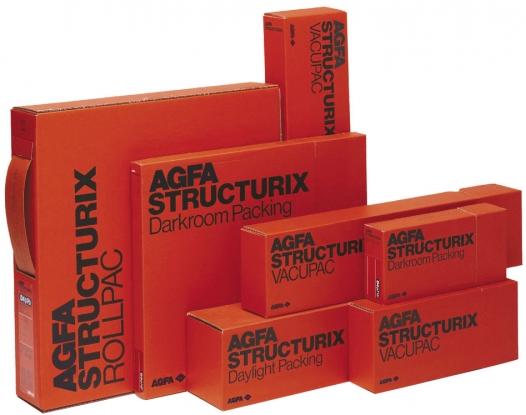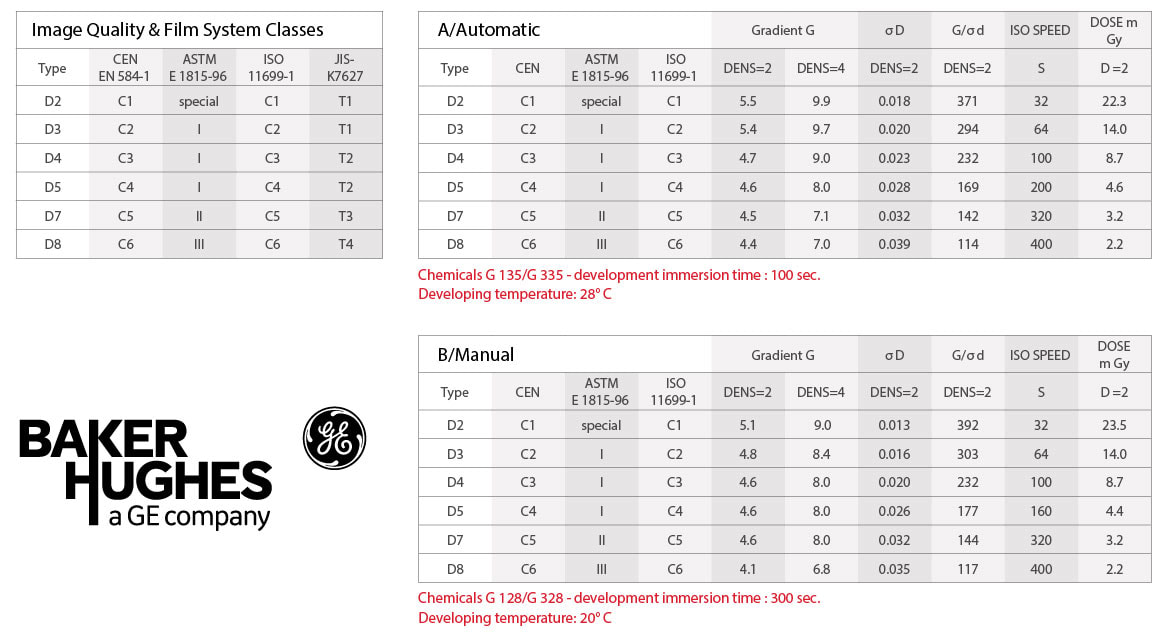

We demonstrate the limitations of using retarded (bisulfite) developer to abate film sensitivity of x-ray films that have been exposed to intense radiation. Limitations of retarded (bisulfite) x-ray film processing Agfa D7, Agfa D4sc, and Kodak SR45 were significantly less sensitive than BMR and D8, however, the improvements they yielded in resolution and dynamic range warrant their use if experimental constraints allow BMR and D8 were closest but D8 exhibited lower noise, with superior resolution and dynamic range. None of the films tested matched the speed of DEF. The film types studied were Kodak's Biomax MR (BMR) and SR45 along with Agfa's D8, D7, and D4sc. We have conducted cross-calibration experiments and film characterizations on five possible substitutes for Kodak DEF. However, market forces have prompted Kodak to discontinue production of DEF, leaving these specialized communities searching for a replacement. Kodak direct exposure film (DEF) has been the standard for moderate energy (1-10 keV) x-ray diagnostic applications among the high-energy-density and inertial confinement fusion research communities. International Nuclear Information System (INIS)

The generated technique charts for the EC-L film screen system and for a 6 MV x-ray beam are used in our radiotherapy department for daily quality assurance of the radiotherapy procedure.Ĭharacterization and cross calibration of Agfa D4, D7, and D8 and Kodak SR45 x-ray films against direct exposure film at 4.0-5.5 keV In each case the optimum film exposure which produces the maximum image contrast was determined. The film screen system behavior was studied as a function of phantom thickness, field size and air gap between the phantom and the film screen system. The film screen system was calibrated in a 6MV x-ray beam and under various irradiation conditions. Three homogeneous water phantoms were used to simulate head-neck, thorax and abdomen dimensions of adult human, correspondingly. The aim of this work is to generate technique charts for the Kodak EC-L film screen system for use in a 6MV x-ray beam. Common port films suffer from poor image quality compared to the simulator-diagnostic films and is desirable to determine the appropriate exposure required for the best image contrast. Port films are used in radiotherapy for visual evaluation of the radiation fields and subsequent quantitative analysis. Sandilos, P Antypas, C Paraskevopoulou, C Kouvaris, J Vlachos, L Technique charts for Kodak EC-L film screen system for portal localization in a 6MV X-ray beam.


 0 kommentar(er)
0 kommentar(er)
